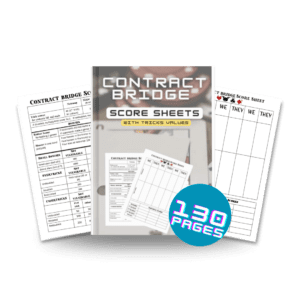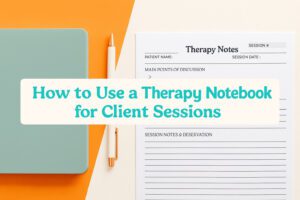Whether you’re a licensed counselor, a mental health coach, or a therapy intern, your session notes are not just documentation—they’re tools for continuity, client safety, and professional growth.
But with so many templates and styles out there, what exactly should a good therapy session notebook include?
Let’s break it down.
🔍 Key Sections Every Therapist Notebook Should Include:
1. Client Information Page
Keep a quick reference sheet for each client: name, age, goals, referral source, and emergency contact. Bonus: space for pronouns or client preferences shows inclusivity and attention to detail.
2. Session Overview Log
At-a-glance pages to track session number, date, attendance, and quick notes. This helps you spot attendance patterns and therapy progress.
3. Session Note Pages (Structured)
Use formats like:
- SOAP (Subjective, Objective, Assessment, Plan)
- DAP (Data, Assessment, Plan)
- Free-form narrative
Each entry should allow space for:
- Presenting concerns
- Goals addressed
- Client quotes or behavior observations
- Therapist reflections
- Plan for next session
4. Treatment Plan Tracker
Keep clients’ long-term goals visible. Create checkboxes or progress lines to help measure progress.
5. Billing / Administrative Pages
Especially helpful for private practice therapists—track payments, insurance details, or notes on cancellations.
📘 Recommended: The Jots & Tally Therapist Session Notebook
We designed this notebook after consulting with real therapists.
It includes:
- ✅ SOAP + DAP formatted pages
- ✅ SOAP + DAP formatted pages
- ✅ Intake and treatment plan templates
- ✅ 52 session entries per client
- ✅ Elegant design for professional settings
📦 Available on Amazon – See the Notebook
🎯 Final Thought: Your Notebook = Your Anchor
Don’t settle for random pages or sticky notes. A well-structured session notebook helps you stay grounded, present, and professional—session after session.









